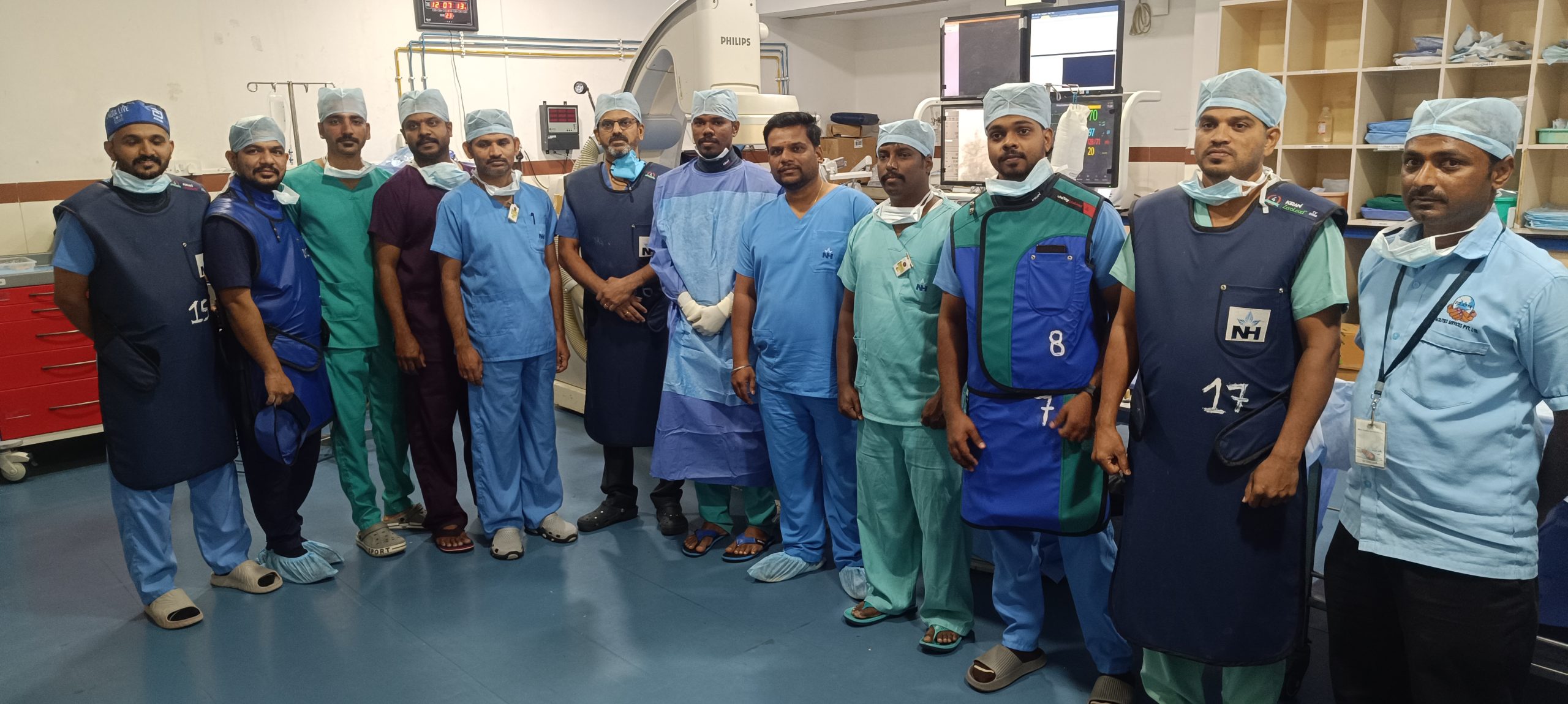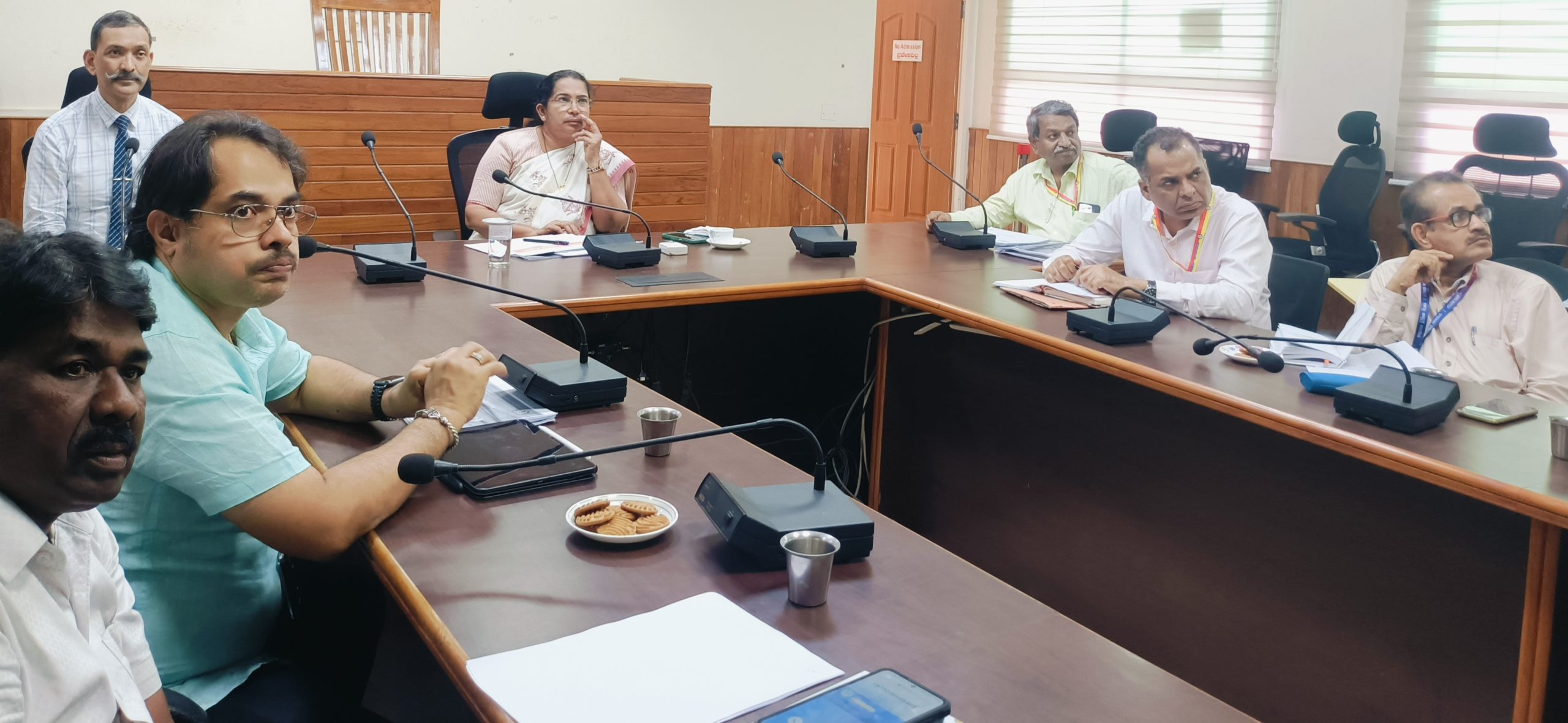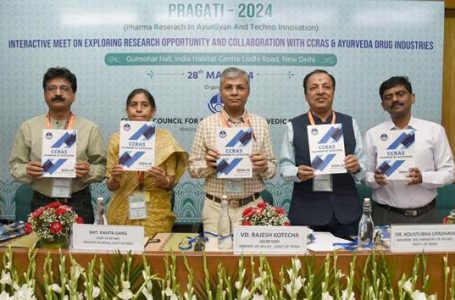More than 40% of the population in India have Tuberculosis infection in the body, 10% get disease
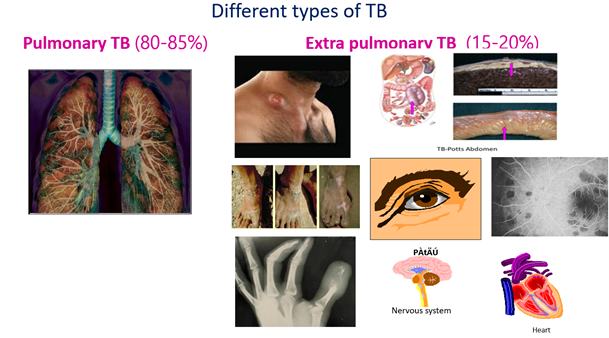
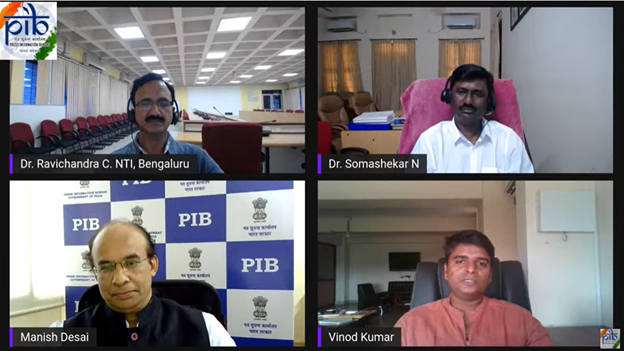
New Delhi, March 22, 2022: Press Information Bureau organized a webinar on ‘Invest to End TB. Save Lives!’ to build public awareness on tuberculosis, based on the theme of World Tuberculosis Day 2022, which is being observed on March 24.
Dr. Somashekar. N, Director, National Tuberculosis Institute (NTI), Bengaluru and Dr. Ravichandra C., Chief Medical Officer (SAG), NTI Bengaluru as expert speakers threw light on various aspects of the disease, which all of us need to be aware of.
Insights from the interaction:
Tuberculosis is caused by a bacterium known as Mycobacterium Tuberculosis. Most often, it affects the lungs. The disease can easily spread from the infected person’s cough droplets; this makes it a highly infectious disease. If not treated on time, TB can even result in death.
Incidence of TB is quite high across the world, affecting 10 lakh people. Out of the total number of cases, more than 26% are from India. This includes both multidrug-resistant TB and HIV TB cases.
TB Infection and TB Disease
TB infection is not the same as TB disease, explains Dr. Ravichandra C.
“TB infection is there in one-third of the world population; that doesn’t mean they are suffering from TB. More than 40% of the population in India carry TB bacteria in their body but they may not suffer from TB disease. There is only 10% chance that someone infected with TB bacteria to catch TB disease.”
– Dr. Ravichandra C., Chief Medical Officer, NTI
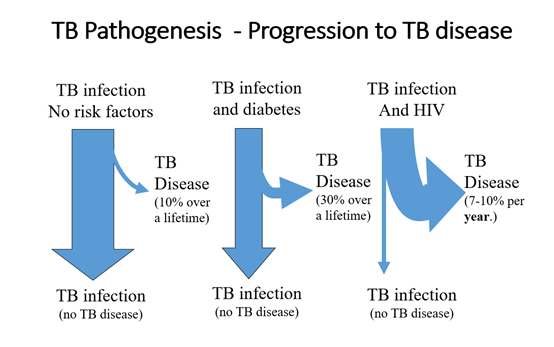
Low immunity is regarded as one of the common reasons why TB infection breaks into TB disease. People suffering from HIV, stress, diabetes, damaged lung condition; alcoholics and smokers whose general health condition is poor also have the possibility of getting the disease. It is at this stage that they start showing symptoms.
The most common cause of death among HIV patients is Tuberculosis. The most common opportunistic infection in HIV patients is TB. If the person is not undergoing any treatment, then there is a higher possibility of catching TB disease.
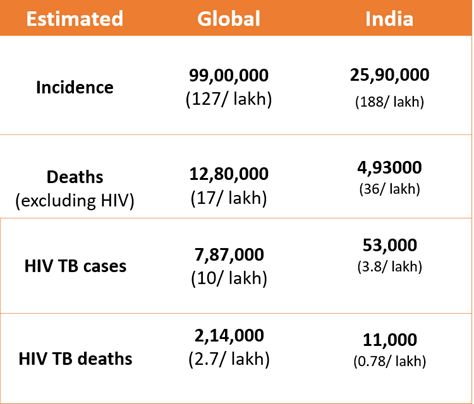
Types of Tuberculosis
Broadly, there are two categories of TB – Pulmonary TB (that affects lungs) and Extra Pulmonary TB (that affects both lungs and other organs).

There are two serious forms of TB – Miliary tuberculosis and TB Meningitis.
Miliary Tuberculosis – affects the whole body
TB Meningitis – affects the Central Nervous System; causes headache, low alertness, a condition similar to near-unconsciousness / stupor.
Lymph Node Tuberculosis (LNTB) is one of the most common types of extra pulmonary tuberculosis. It causes neck swelling and is mostly seen in adolescent girls.
Tuberculous (TB) Pleural Effusion: In this situation, excess fluid between the layers of the pleura (the thin layer of tissue which covers the lung) outside the lung which causes cough and breathlessness.
Least common types of TB are skin TB and eye TB. There are other types of TB that affect the pericardium (the membrane that surrounds the heart), intestines and even bones.
Symptoms
The symptoms of TB can be categorized as general symptoms and organ-specific symptoms.
The most common symptom is cough, which lasts for more than two weeks. Weight loss, loss of appetite and fever during night are common for all types of TB. Other symptoms like chest pain, fatigue, significant loss of weight, night sweating and blood in sputum are mostly experienced by those suffering from Extra Pulmonary TB.

In his opening remarks, Shri Manish Desai, Director General (West Zone), Ministry of Information & Broadcasting spoke about the significance of health communication and how it has become one of the most important mandates of the Ministry, especially since the outbreak of COVID-19. Government has been holding regular COVID-19 Media Briefings to spread awareness about the precautions to be taken by the public. Besides, webinars and workshops are being organized by the various departments of M/o I&B. The DG informed how such interaction with subject experts has helped improve public understanding and in designing better communication and outreach strategies.
The DG spoke of various communication vehicles – both mass media and interpersonal communication – being adopted by the Government of India for effective TB control. “Bollywood endorsements featuring Amitabh Bachchan have attempted to address the challenge quite effectively. Government’s Swachh Bharat Mission has also contributed in fighting many such diseases”.
Speaking about the significance of controlling the highly infectious disease, he mentioned about India’s revised strategy on National Tuberculosis Control Programme and its target to make the country TB-free by 2025. “India is a signatory to UN Sustainable Development Goals which envisages making the world TB-free by 2030; India targets to achieve this by 2025.”
“Achievement of this goal will be possible only if we adopt a comprehensive approach to ending TB,” he reiterated, pointing out the significance of communication strategies in fighting the disease as well as the stigma around it.
The webinar was moderated by Joint Director, PIB Goa, Shri Vinod Kumar. The experts also answered questions posted by the viewers during the webinar.
The webinar can be accessed here.
***
PIB MUMBAI | DJM/Dhanalakshmi/CY


